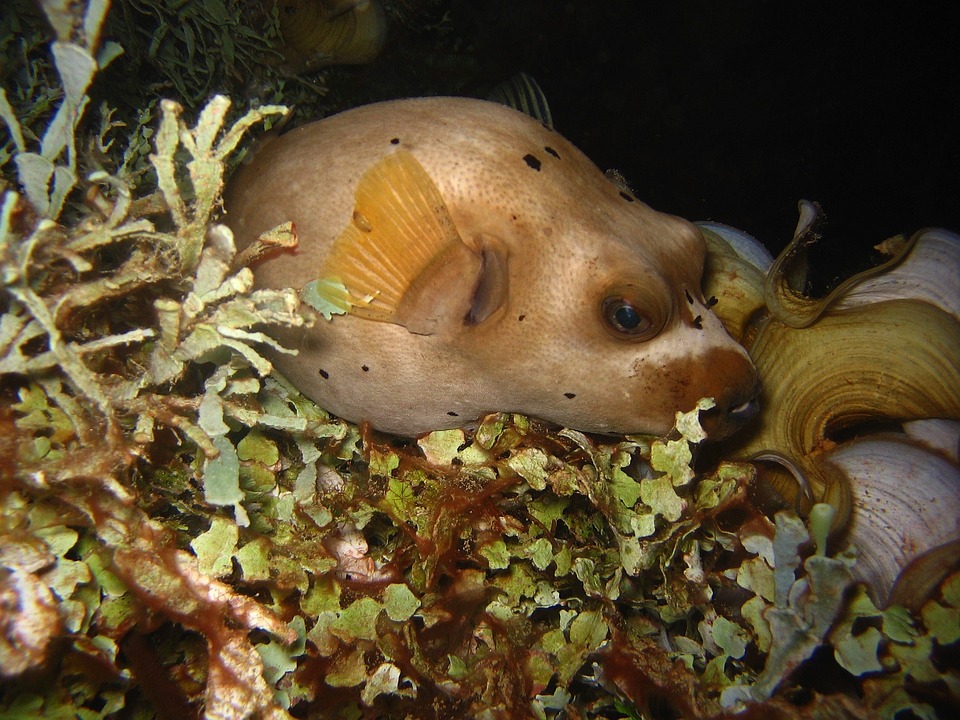Providing Proper Nutrition for Bottom-Dwelling Fish Species: A Comprehensive Guide
Enhancing the Well-being of Your Bottom-Dwelling Fish through Optimal Nutrition
Bottom-dwelling fish species, such as catfish, loaches, and plecos, require specific nutritional considerations to thrive in captivity. As an aquarium enthusiast, it’s crucial to understand the dietary requirements of these fascinating creatures to ensure their optimal health and well-being. In this article, we will delve into the essentials of providing proper nutrition for bottom-dwelling fish, including recommended diets, feeding techniques, and common FAQs related to their dietary needs.
Understanding the Dietary Needs of Bottom-Dwelling Fish
Bottom-dwelling fish species, also known as benthic fish, have evolved to feed on a variety of food sources commonly found on the aquarium substrate. These species possess specialized mouthparts and behaviors that allow them to scavenge for food particles, algae, detritus, and even small invertebrates. To meet their nutritional requirements, it is essential to replicate their natural diet as closely as possible.
Choosing the Right Diet for Your Bottom-Dwelling Fish
1. High-quality Pellets and Wafers: Opt for sinking pellets and wafers specially formulated for bottom-dwelling fish. These sinking foods ensure easy access for your fish and prevent surface-dwelling species from consuming all the food before it reaches the bottom.
2. Vegetables and Algae: Many bottom-dwelling fish species rely on a plant-based diet. Offer blanched vegetables such as zucchini, cucumber, and spinach, which provide essential nutrients and serve as a natural source of fiber. Additionally, algae wafers and fresh or dried seaweed sheets are excellent options to supplement their diet.
3. Protein-rich Foods: While herbivorous bottom-dwellers prefer plant-based meals, it is vital to include protein-rich foods in the diet of omnivorous and carnivorous species. Offer frozen or live foods like bloodworms, brine shrimp, and daphnia occasionally to satisfy their need for animal-based protein.
4. Natural Foods from the Aquarium: Bottom-dwelling fish enjoy foraging and consuming live or frozen food that arises naturally in the aquarium. Encourage this behavior by allowing organic matter like small worms, insect larvae, and crustaceans to thrive in your tank.
Feeding Techniques and Tips
1. Sinking Food Placement: To ensure bottom-dwellers receive their fair share of nutrition, scatter sinking pellets or wafers in different areas of the tank. This encourages natural foraging behavior and prevents competition between surface and bottom-dwelling fish.
2. Monitoring Feeding Time: Be mindful of the time it takes for your fish to consume the food. Remove any uneaten food after 10-15 minutes to maintain optimal water quality and prevent overfeeding.
3. Variety is Key: Offer a diverse diet to meet the nutritional needs of different bottom-dwelling species. Regularly rotate between various high-quality pellets, vegetables, and protein-rich foods to provide a balanced diet and prevent dietary deficiencies.
Frequently Asked Questions (FAQs)
1. How often should I feed my bottom-dwelling fish?
Bottom-dwelling fish should be fed once or twice a day, with small portions that they can consume within a few minutes.
2. Is it necessary to supplement their diet with vitamins or supplements?
A well-balanced diet that includes a variety of foods usually provides all the necessary nutrients. However, if you notice signs of nutritional deficiencies, consult with a veterinarian or aquatic specialist who may recommend suitable supplements.
3. Can I feed my bottom-dwelling fish with flakes or floating pellets?
While some bottom-dwelling species may consume floating foods, it is best to provide sinking pellets or wafers to ensure they receive adequate nutrition. This also prevents surface-dwelling fish from monopolizing the food.
4. Can I solely rely on live foods for my bottom-dwelling fish?
While live foods can be a valuable addition to the diet, they should not be the sole source of nutrition. A varied diet that includes high-quality commercial foods is essential to meet all their dietary requirements.
Conclusion
By understanding the dietary needs of bottom-dwelling fish species and providing them with a well-rounded diet, you can contribute to their overall health and longevity. Remember to choose appropriate sinking foods, incorporate fresh vegetables and algae, offer protein-rich alternatives, and encourage natural foraging behavior. Regularly monitor their feeding habits and adjust as necessary to ensure they receive the nutrition they need to thrive in your aquarium.









